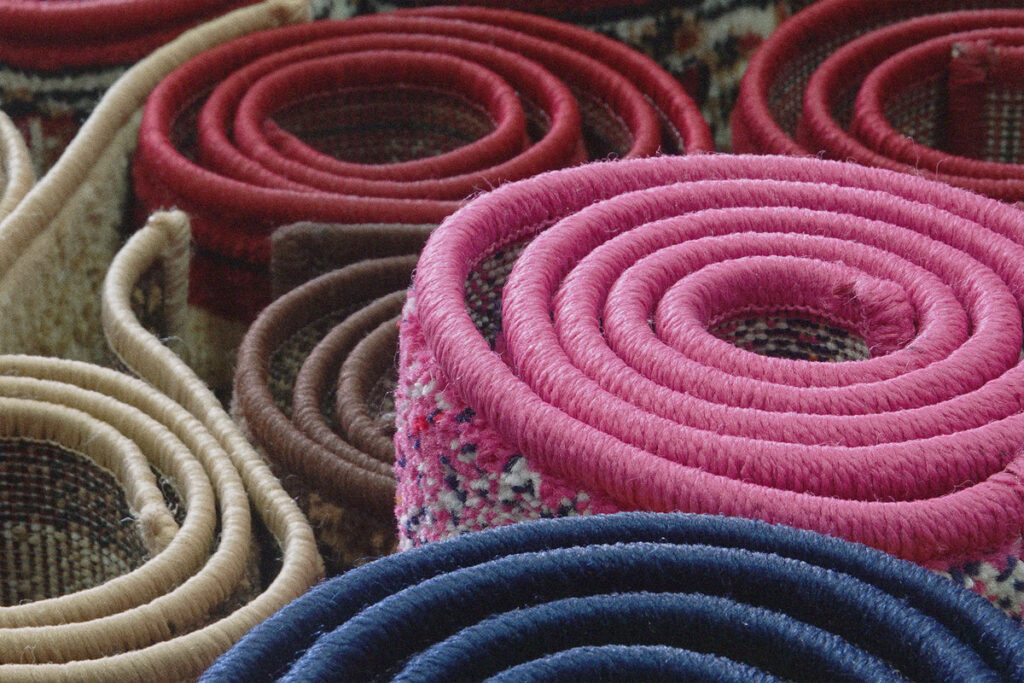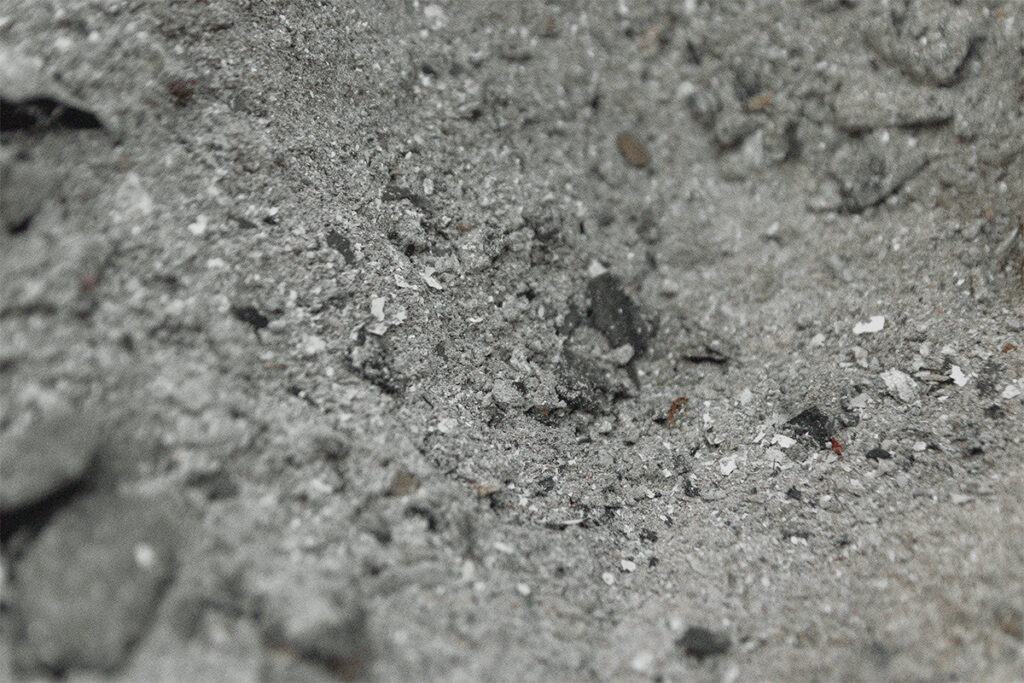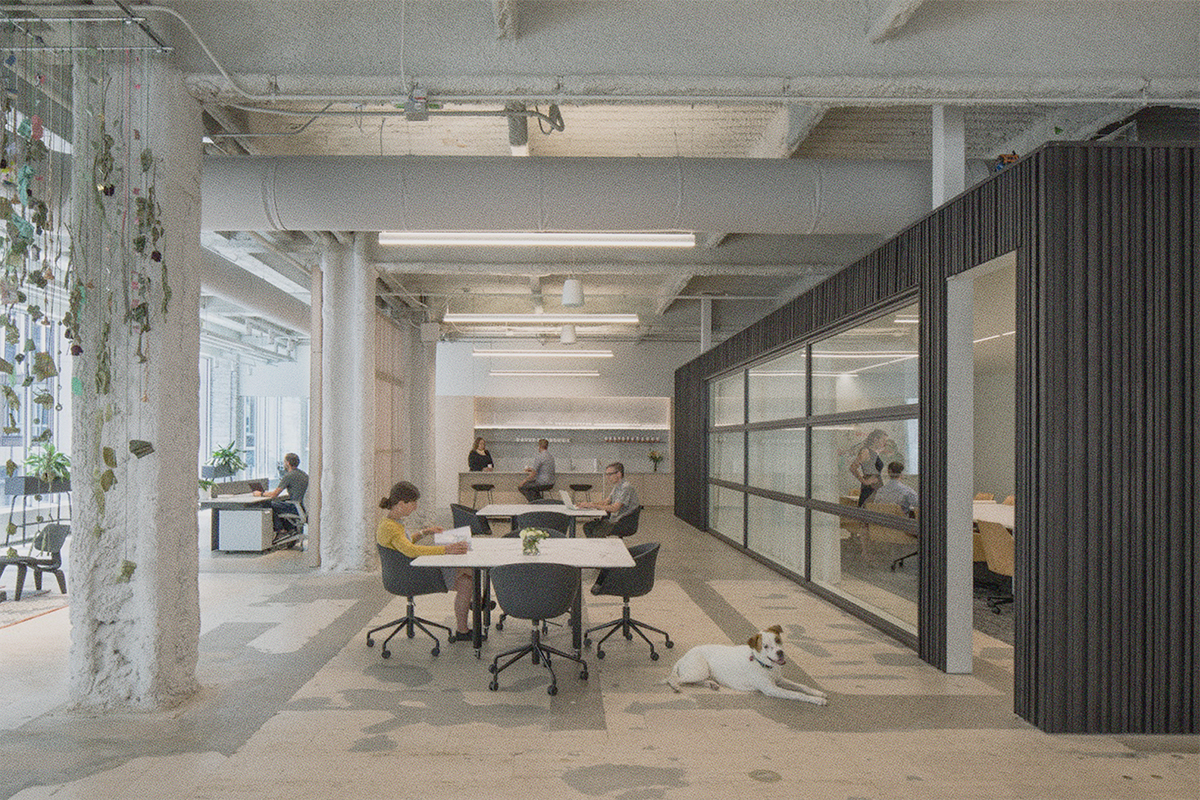Keep reading about similar topics.




Simona Fischer, MSR Design
As registered architect, sustainable design professional, and associate with MSR Design, Simona Fischer has spent much of her career thus far developing and testing strategies for integrating sustainable design into the workflow of architectural practice. Her experience includes project management, Living Building Challenge documentation, and firmwide sustainable design implementation.
Simona is a dynamic community of practitioners who help co-create solutions to accelerate the adoption of healthier building materials in affordable housing. She has presented at national conferences, lectures regularly at the University of Minnesota, and currently co-chairs the AIA Minnesota Committee on the Environment (COTE).
Simona was instrumental in the Living Building Challenge Petal Certification of MSR Design’s new downtown Minneapolis headquarters, which achieved the materials, beauty, and equity petals. The project incorporated more than 114 Red List Free materials and achieved a 28 percent reduction of its embodied carbon footprint by using salvaged materials. She also led the development of guidelines around transparency, sustainability, and health for the firm’s materials library, including training materials for staff and external sales reps.
We sat down with Simona to learn why materials have been a focus of her career and to get her perspective on the green building industry today.

What sparked your passion about healthier materials? Was there an “aha” moment or a time that something just clicked?
I was that kid who won a prize for designing the elementary school recycling banner, so I guess I’ve cared about materials for a long time. But my interest in building materials was piqued in architecture school, when we were challenged to create a new ecolabel. Faced with inventing a way to compare one material to another in terms of sustainability, I realized how mind-blowingly complex of a task that was. How do you make the criteria objective? How do you compare products across categories? How do you measure health – is it just by the list of ingredients, or do you include research on health outcomes factoring exposure and risk (and if so, what research even exists)? How do you stack human health and other metrics against each other and choose which factor outweighs the other? How do you account for performance and durability? The questions were endless and led to more questions, which I found complex and intriguing. In other topic areas like water and energy in buildings, the goal seemed straightforward (at least on the surface). Use less energy, and make it cleaner. Use less water, and make it cleaner. But with materials, the number of variables were infinite. We had to think about balancing not just toxicity to people and embodied carbon, but also harvesting of raw materials, ethical manufacturing, and what to do with all that stuff at the end of its useful life.
I ended up writing my MS thesis on methods for assessing sustainability at the level of the manufacturer, as opposed to focusing solely on individual products which change so frequently. I was really just trying to find a system map at a higher level, and make the big, shifting world of materials more manageable in my head. I still use some of what I learned during that project as indicators of whether a building product manufacturer is serious about human health and sustainability, or just greenwashing. But sometimes they are greenwashing because they don’t know any better, and they are on their way to improving. So you can’t just write off smaller companies who don’t yet have all the documentation. It’s a learning process for them as well.
At MSR Design, the conversation about healthy materials had already started when I joined to work on The Rose, a Living Building-inspired affordable housing development in Minneapolis. My colleagues Rhys MacPherson, Paul Mellblom, and Rachelle Schoessler-Lynn were leading the conversation about why we should, and how we could, avoid vinyl and other chemicals on The Rose and on other projects across the firm. Over the next couple years we held a number of all-staff discussions and training sessions on healthy materials. Many staff members, from seasoned designers to interns, became interested in the question of how we could do better while still delivering a beautiful aesthetic and the best functionality for our clients. By the time we were ready to start designing our new studio, healthy materials as a concept had had enough time to become embedded in the culture
Tell us about your project to build the new MSR studio. Why was it important to prioritize healthy materials for this project? What went into your process?
When we knew we were moving, we held an all-staff discussion to debate frameworks for certification. We considered LEED, WELL, Fitwell, and Living Building Challenge Petal Certification. In the end, LBC won, because the Materials Petal was so ambitious, prioritizing not only human health through the use of Red List Free products, but also environmental health and other butterfly-effect impacts of resource harvesting and global warming potential and waste. At the same time, the LBC path included an emphasis on equity, as well as using the project as a tool to educate and inspire others. We found the holistic approach inspiring, and appreciated the challenge (most days).
It was important to prioritize healthy materials because we knew our staff cared about living out our values around healthy indoor environments. I think the team will agree that meeting the Red List requirement was difficult. It took time to develop a workflow for gathering the documentation. But it also gave us the opportunity to rethink the way we approach materials from the start of projects. Instead of trying to weed out all the “bad” chemistry, we found it was actually easier to start from scratch and build up a list of materials we knew were likely to comply with the requirement. It ended up being simpler, mostly natural materials, which we used as the palette for our space.
How do you consider low embodied carbon versus health in product selection?
Non-toxic materials and low embodied carbon are two lenses on a singular problem, which is planetary health. Human health is a subcategory of planetary health, since we’re part of the planet and made of its stuff. When indoor and outdoor environments, and plant and animal and human bodies, are polluted by toxic substances, both from human-made toxins and an overabundance of greenhouse gasses, the global ecosystem suffers and humans suffer within it. We are nature. What’s interesting is, younger, upcoming professionals and design students seem to understand this intuitively. They don’t even need to be told that human and global environmental health go hand in hand. So I think as an industry, we just need to accept the interplay of embodied carbon and human health as a foregone conclusion and get straight to the nitty-gritty of what materials we use and how those materials are grown, produced, manufactured and delivered.
That said, we also need to get serious about the data used to back up carbon and health claims. We need transparent, standardized reporting from manufacturers, including making sure the scope of every life cycle assessment (LCA) takes all the impact categories of the AIA Materials Pledge into account. I think petroleum-based building materials are going to be a battleground for a while to come. The low purchase price and saturation in the market make plastics seem like an easy choice for all kinds of different finishes and performance layers in buildings. It is possible to make them somewhat healthier for end-users by being careful to avoid certain additives. But that leaves a massive loophole; the impacts of production and waste on planetary health. I think there’s an opportunity for data to drive a new understanding here. If we can start seeing standardized collection and data crunching of environmental product declaration (EPD) data from different product sectors, we might be able to correlate carbon from building products more directly to regional health impacts of the production of those chemistries. This would help close loopholes that allow the incredible health impact of high global warming potential (GWP) emissions to stay hidden in the shadows
How have you used your knowledge to help move your clients toward healthier materials? What has been most successful?
I think some of my most successful work has been in addressing priorities and processes in our workflow. I can’t count the number of times I’ve heard people say they just wish there was a single, simple database of all the great products. There are ever-improving databases out there, but people always want something else that is missing, so the problem hasn’t been solved. I think the missing piece is a deeper understanding of the principles of product categories, such as knowing what different types–not brands, but general types–of insulation or countertop materials are made of, and where they come from. This level of knowledge, over time, becomes a kind of intuition one uses to filter the world of products even as new things constantly appear in your inbox or your lunch and learns. When you understand the principles, and don’t just rely on a database to provide a solution, it also gets easier to speak knowledgeably and make solid recommendations to clients.
On project work, I have the best luck when I’m upfront about why we need to consider material health alongside cost. You have to tailor your message to the audience, for example, some clients are most receptive to the idea of improving their impact on the world, whereas for others, the message that hits home is one of directly affecting their health or the health of people they care about
How has Habitable’s InformedTM building product research been helpful or influential?
I love InformedTMand recommend it to designers all the time, and clients too. The information is organized in terms of product categories as opposed to brand names or labels, so it aligns with the level of learning that I think is most beneficial to becoming smarter in practice. We used the sample specs to rewrite our paint specifications in 2021. We’ve also heard great lectures from Habitable research team members over the years that have left an impact on our staff.
What advice do you have for other AEC leaders? Are there processes or approaches you would recommend? Where would you recommend a newcomer to healthier materials start?
For designers, I recommend signing the AIA Materials Pledge and studying the categories. The Pledge is a great framework – if you address each of the Pledge categories in some way, you know you’re hitting the right bases. If you can, allot some time to staff education and discussion. I recommend the Living Building Challenge Materials Petal as a particularly inspiring framework for education and good discussion, because it is based on absolute goals, instead of relative improvement. The COTE Super Spreadsheet (downloadable on the AIA website) is a good starting point for addressing materials issues in an applied manner on projects.
At MSR Design, our internal education efforts led to the development of our Material Library Entry Criteria. If others want to design similar criteria for their libraries, they are welcome to copy ours outright or modify as needed: www.msrdesign.com/generative-impacts.
The more we as designers align in our message to manufacturers about health and carbon, the easier it becomes for them to stay in business while giving us what we want
What are you most excited about right now?
I’m excited about natural and biobased materials. On the high-tech side, there is so much opportunity for new materials to be developed, especially bio-based polymers. On the other hand, there is a new straw bale project that is being built in Minneapolis. It’s low tech in comparison to the latest research in biomaterials, and yet it combines healthy, natural materials seamlessly with low carbon construction. The team is using Passive House building science principles to build a durable system, which they will test with sensors in the walls over the next few years. I really resonate with the idea that we can build a sustainable future with natural materials in both high- and low-tech ways
What do you want other people to know?
We, as an industry, are practicing architecture and construction in an era where buildings are made of hybrid material systems so complex, we hardly know what’s in them or why they work. I think we architects can perhaps find evidence of the Vitruvian virtues of utilitas (utility) and venustas (beauty) in the work we produce, but somewhere as a profession, I think we have let go of the firmitas (stability). Not in the sense of solid structure, but in the sense of owning materiality and material knowledge as a critical aspect of an architect’s role. We have become accustomed to accepting a level of vagueness about assemblies and their tons of little components, and leaving the details to the product manufacturer. I think understanding materials deeply is about reclaiming this knowledge, and a piece of architecture we have lost
Thank you to Simona and MSR design for being leaders in healthier materials! To learn more about the MSR headquarters project, check out this case study. You can also learn more about MSR’s commitment to sustainable design and download their Sustainable Materials Action Packet on their website. Follow this link to learn more about InformedTM, product guidance which Simona mentions influencing her practice.